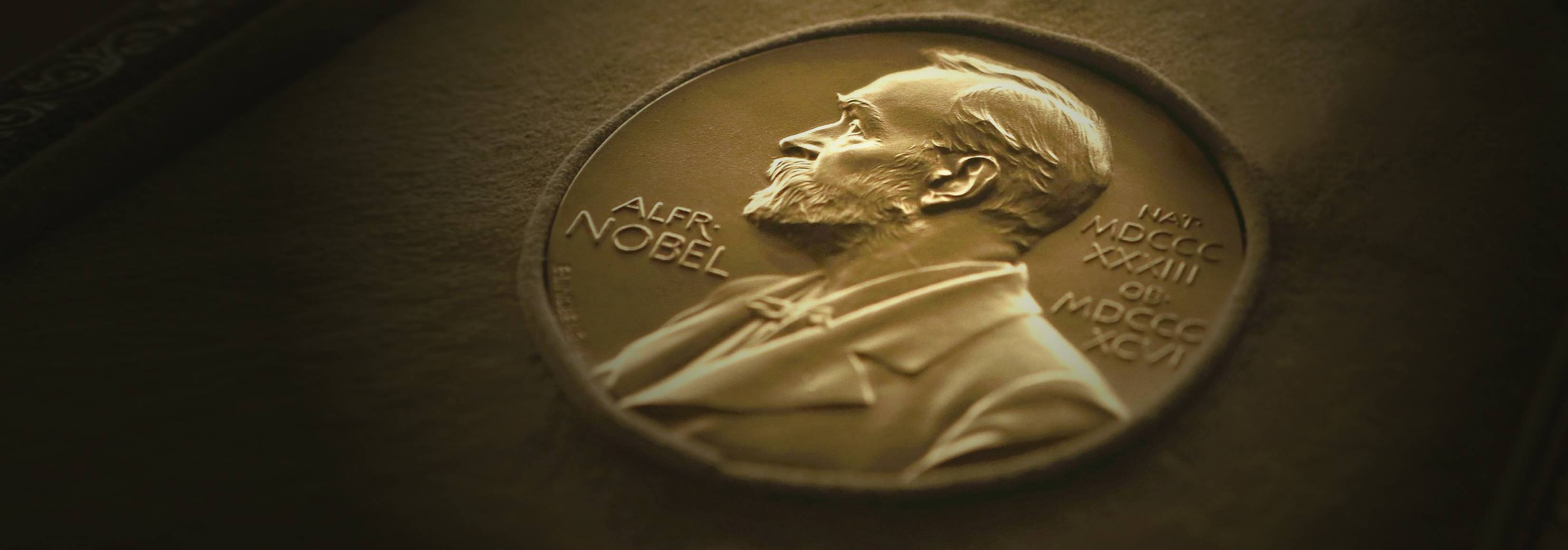Metabolism, the simultaneous processes of breaking down organic matter to extract energy and using that energy to power life processes, is one of the most important functions conducted in a living cell, as it enables the continual renewal of the entire organism. The innumerable metabolic processes that keep a cell running smoothly have been the subject of intense study since the early 19th century, but the key that opened up the field of biochemistry — the central question of how the cell provides itself with the energy to perform so many tasks — was the identity of a catalyst known as coenzyme A. German biochemist Fritz Lipmann ushered in a golden age of research in biochemistry when he discovered coenzyme A in 1945. For his discovery, Dr. Lipmann shared the 1953 Nobel Prize in Physiology or Medicine.
By the early 20th century, many of the individual biochemical processes that take place in the cell had been described, but the connections between them remained a mystery, allowing scientists only a dim, incoherent picture of how the cell operates. In 1937, a laboratory at the University of Sheffield led by Hans Adolf Krebs tied together all this disparate knowledge by showing how a molecule that is derived from food and contains two carbon atoms combines with a four-carbon enzyme protein in the cell, creating a six-carbon compound — citric acid. When attached in this way, the two-carbon compound is broken down by oxidation into water and carbonic acid and releases energy-rich electrons. The last of those by-products provides the energy for the cell’s subsequent construction projects, and the original four-carbon enzyme protein — oxaloacetate — is left intact and available to take part in a new demolition crew with another two-carbon compound.
The one element missing from what is now known as the Krebs cycle was the identity of the two-carbon catalyst. Much of the scientific community believed it to be acetic acid, something that would fit in Dr. Krebs’s equation and that had already been identified as a product of cell metabolism. Fritz Lipmann, an alumnus of The Rockefeller Institute for Medical Research then working at Massachusetts General Hospital, believed the mystery compound to be acetyl phosphate and continued to experiment, despite overwhelming skepticism from his peers. In 1945, years after other researchers had given up the search, Dr. Lipmann discovered the culprit to be a coenzyme: a molecule that when attached to certain proteins forms an active enzyme. Dr. Lipmann’s coenzyme, when bound to oxaloacetate in the Krebs cycle, acquires the properties of acetic acid — which becomes labile when similarly bound — and effects the metabolic reaction. Lipmann named the molecule coenzyme A — the “A” for the activation of acetate.
Dr. Lipmann’s later research added much to our understanding of the biosynthesis of proteins and certain antibiotics. He went on to discover that his original hypothesis for the energy transfer catalyst — acetyl phosphate — is actually the two-carbon catalyst for certain species of bacteria. He also discovered that coenzyme A activates acids other than acetic acid, and effects other functions, when bound to other enzyme proteins. Through Dr. Lipmann’s work, we now also understand that coenzyme A is related to the B vitamins, the largest class of vitamins, and that B vitamins carry out their functions through coenzymatic action in the process of cell metabolism. Dr. Lipmann shared the 1953 Nobel Prize with Dr. Krebs.
CAREER
Dr. Lipmann was born in 1899 in Königsberg, Germany. During his initial education and medical training at the Universities of Königsberg, Berlin and Münich—he earned his M.D. at Berlin in 1924—he developed an interest in chemistry and subsequently pursued further education in the field, obtaining his Ph.D. from the University of Berlin in 1927. Three years later he joined the laboratory of Albert Fischer at the Kaiser Wilhelm Institute in Berlin. He spent 1931 and 1932 as a Rockefeller Fellow in the laboratory of Phoebus A. Levene at The Rockefeller Institute and then moved with Dr. Fischer to the newly established Carlsberg Foundation in Copenhagen, where he served as research associate. In 1939, he moved to Cornell Medical School, where he was research associate in the department of biochemistry. In 1941 he joined the research staff of Massachusetts General Hospital, eventually heading his own group in the hospital’s Biochemical Research Laboratory. From 1949 to 1957, he was professor of biological chemistry at Harvard Medical School, and in 1957 he became a member and professor at The Rockefeller Institute, a position he held until his retirement in 1970. Dr. Lipmann was a member of the Faraday Society and the Danish Royal Academy of Sciences and a foreign member of The Royal Society of London. He died in 1986.
